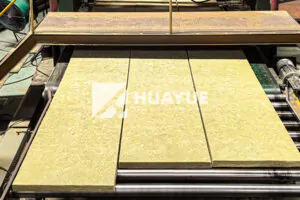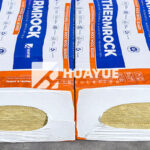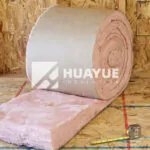Mineral Fiber Blanket Insulation: What Should You Know Before Choosing?
Mineral fiber blanket insulation is everywhere, promising top performance, but is it really the best pick for your project? Let’s cut through marketing and lay out its real benefits and risks.
Mineral fiber blanket insulation—often called mineral wool—offers excellent fire resistance, soundproofing, and high durability. It resists moisture and most pests, making it a solid choice for both new construction and retrofits.
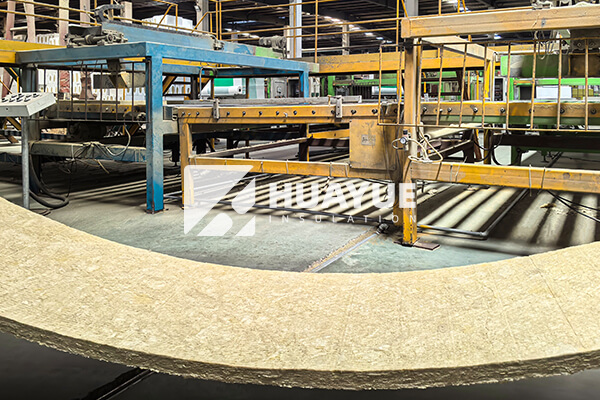
If you are trying to find the right insulation, the options can seem endless and confusing. I have walked through job sites and facilities where customers juggle material choices, budget limits, and installation headaches. Before spending your money, read on to drill deeper into what mineral fiber blanket insulation is, how it compares, and what you need to look out for.
What is mineral fiber blanket insulation?
Most insulation products look the same to the untrained eye, but they are not. Mineral fiber blanket insulation is a standout in a crowded field.
Mineral fiber blanket insulation is made by spinning or drawing molten rock or slag into fibers, which are then formed into mats or rolls. These lightweight but tough blankets are great for wrapping pipes, vessels, tanks, and walls.
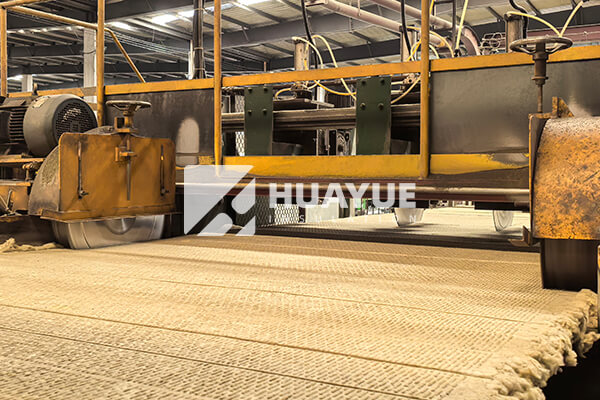
Mineral fiber blanket insulation has a long history in industrial, commercial, and residential use. Manufacturers like HUAYUE have spent years refining the process, producing different versions like slabs, blankets, pipe sections, and even custom-shaped pieces. Some customers need soft rolls to fit oddly-shaped equipment. Others want rigid boards for large, flat surfaces.
At HUAYUE, I see requests for custom sizes and packaging almost every week—engineering teams like Hans Müller’s in Germany demand products tailored to their tanks and pipelines. Here’s why mineral fiber blankets are a favorite:
Table: Mineral Fiber Insulation Applications
| Application | Benefit | HUAYUE Offering |
|---|---|---|
| Tanks & vessels | Easy wrap, thermal efficiency | Blanket (roll/coil), pipe lagging |
| Pipework | Flexible fit, CUI protection | Pipe sections, flexible rolls |
| Industrial walls | Fire safety, noise control | Slabs, custom pads |
| Marine/Shipbuilding | Moisture resistance | Specialized marine rolls |
Mineral fiber blankets also have excellent fire ratings—critical for chemical plants or storage tanks. Engineers, like Hans, trust mineral wool for the peace of mind it brings. The product is robust enough to stand up to heat, cold, vibration, and weather. And with materials made in China, shipped global under tight certifications, costs are kept low without sacrificing quality.
What are the downsides of mineral wool insulation?
No material is perfect, even one as tough as mineral fiber blanket. Before you buy, you need to factor in a few drawbacks.
Mineral wool insulation can cause skin irritation during installation, and improper installation can leave air gaps or water bridges. It may cost more upfront compared to fiberglass, and cutting it to fit around tight bends can be tricky.
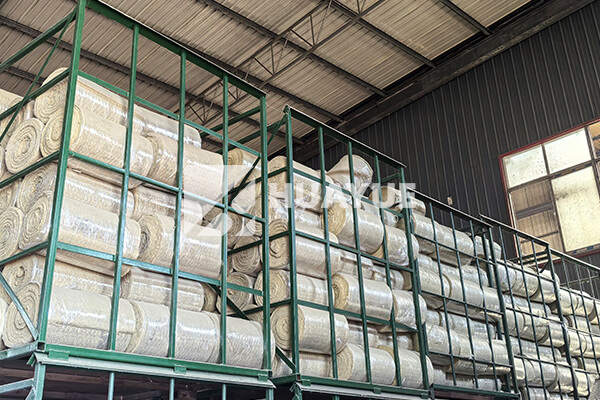
From my years speaking with plant engineers and installers, mineral fiber blankets are rarely a DIY favorite. The loose fibers can make your hands itch. If not properly protected, dust masks and gloves are a must on every project.
Also, mineral wool, because of its density, can be more challenging to cut and fit into cramped spaces or around small piping. In my observation, when teams rush, gaps and bridges appear, weakening the overall thermal barrier. Budget-conscious buyers sometimes look at the higher price tag and think twice, not realizing the payback in long-term durability and fire safety.
Table: Downsides and Workarounds
| Drawback | Impact | Solution |
|---|---|---|
| Skin/irritation risk | Installer discomfort | Use gloves, long sleeves, dust mask |
| Tricky fitting for tight areas | Poor insulation if careless | Pre-measure, use sharp cutting tools |
| Higher initial cost | Upfront budget issues | Wholesale purchasing through HUAYUE |
We always recommend proper protective gear and smart pre-planning. For large or custom orders, our factory creates specific sizes on request, easing fit-up and cutting down labor costs.
Is mineral fiber the same as rock wool?
The terms get thrown around so much that even experienced engineers can mix them up. Are mineral fiber and rock wool the same? Let’s break it down.
Mineral fiber is a broad category covering both rock wool (made from basalt or diabase rock) and slag wool (from blast furnace slag). Rock wool is a common type of mineral fiber—so all rock wool is mineral fiber, but not all mineral fiber is rock wool.
I have seen confusion on this many times, especially when customers request compliance certificates. Rock wool generally offers higher durability, especially in high-heat environments, due to its stone source. Slag wool, meanwhile, uses industrial waste and sometimes has slightly different properties.
Table: Mineral Fiber vs. Rock Wool
| Property | Mineral Fiber (general) | Rock Wool (specific) |
|---|---|---|
| Sources | Rock, slag, or blend | Only natural rock |
| Heat resistance | Good to excellent | Excellent |
| Typical applications | Insulation, fireproofing | High-heat and industrial |
| In HUAYUE Production | Both types, mostly rock wool | Full rock wool series (blanket, board, pipe) |
For engineers like Hans Müller, knowing the exact type is crucial, especially for applications facing harsh temperature cycles. At HUAYUE, we are proud of our full range of rock wool products and make sure every shipment is correctly documented to avoid confusion.
Do rodents like mineral wool insulation?
Rodent problems haunt many facilities. Some insulation attracts pests, leading to costly repairs. But what about mineral wool?
Rodents generally avoid mineral wool insulation. The material’s dense, coarse fibers irritate their skin and do not provide a food source, so it offers excellent resistance to infestation.
In my own projects, clients often see this as a big win compared to conventional insulation batts, which can become nests for mice. Many plant engineers report fewer rodent problems when switching to mineral wool. Independently, scientific studies confirm that mineral wool is inhospitable to insects and vermin.
Still, I always tell customers to pair insulation with good sealing practices—if rodents are desperate enough, they can tunnel through many materials. But mineral wool stays ahead thanks to its physical make-up.
Table: Insulation Material and Rodent Resistance
| Material | Rodent Attraction | Use in Pest-Prone Sites? |
|---|---|---|
| Fiberglass | Occasional nests | Sometimes problematic |
| Mineral wool/rock wool | Poor nesting, resistant | Excellent choice |
| Foam board | Can be chewed, weak | Not recommended |
For any tank, vessel, or wall upgrade in pest-sensitive zones, mineral wool is always at the top of my list.
Conclusion
Mineral fiber blanket insulation is a robust, fireproof, rodent-resistant choice that suits many industries. It needs careful installation, but delivers durable, long-term results you can trust.
You may also be interested in:
Ready to Get Started?
Get in touch with our experts for personalized solutions tailored to your needs.
Get Free QuoteLatest Articles

Glass Wool Fire Rating: How Safe Is Your Insulation?
Dec 25, 2025
Let's Work Together
Ready to take your business to the next level? Get in touch with our team of experts and let's discuss how we can help you achieve your goals.
Get Free Solutions

